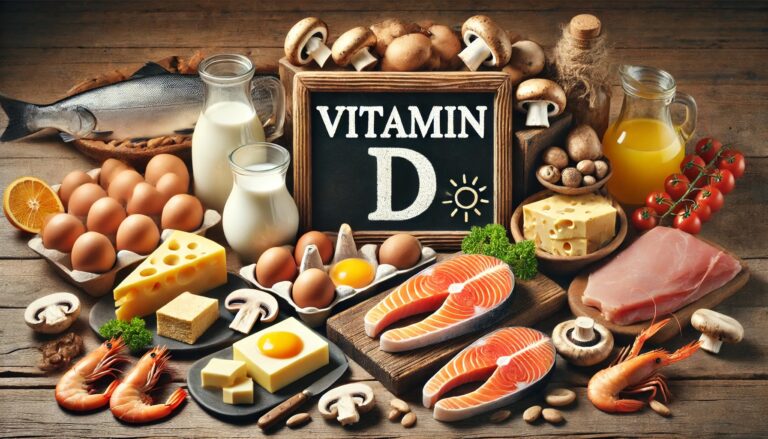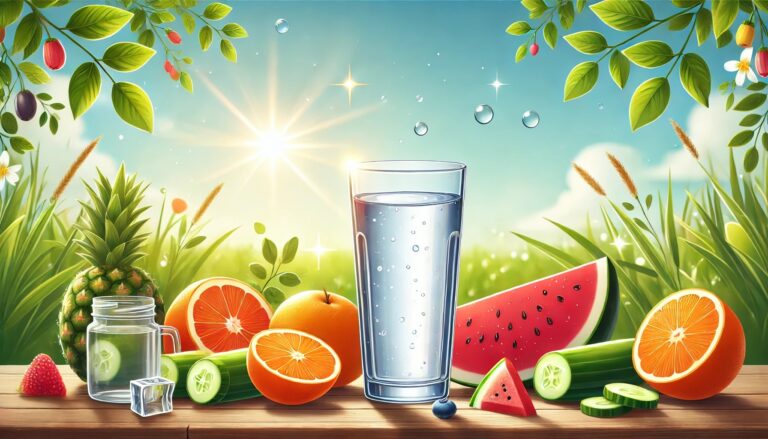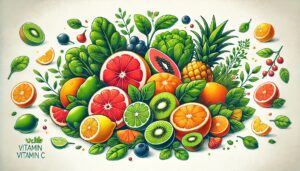Introduction
Iron is an essential micronutrient that plays a vital role in numerous physiological processes. As a key component of hemoglobin, iron enables red blood cells to transport oxygen throughout the body. However, iron deficiency anemia is one of the most common nutritional deficiencies worldwide, particularly affecting women, children, and the elderly.
This article explores the importance of iron, the causes and symptoms of iron deficiency anemia, and practical ways to prevent this health issue through diet and lifestyle changes.
1. The Role of Iron in the Body
Iron has several essential functions:
• Oxygen Transport
Iron is a crucial part of hemoglobin, which allows red blood cells to carry oxygen to muscles and organs.
• Energy Metabolism
Iron supports mitochondrial function, enabling cells to produce energy.
• Immune System Support
Iron is vital for the production and function of white blood cells, helping the body fight infections.
• Brain Development
During childhood, iron is critical for neurological development, impacting memory and learning abilities.
Iron comes in two main forms:
• Heme Iron: Found in animal-based foods like red meat, poultry, and fish, it is more easily absorbed by the body.
• Non-Heme Iron: Found in plant-based foods like spinach, beans, and whole grains, its absorption is lower but can be enhanced with vitamin C.
2. Causes and Symptoms of Iron Deficiency Anemia
Causes of Iron Deficiency Anemia
• Inadequate Iron Intake
A diet lacking in iron-rich foods is a common cause, particularly for vegetarians.
• Poor Iron Absorption
Conditions like Crohn’s disease or celiac disease can impair the gut’s ability to absorb iron.
• Increased Iron Needs
Certain life stages, such as pregnancy or adolescence, require higher iron intake.
• Chronic Blood Loss
Menstrual periods, frequent blood donations, or gastrointestinal bleeding can deplete the body’s iron reserves.
Symptoms of Iron Deficiency Anemia
When iron stores are depleted, the following symptoms may occur:
• Persistent fatigue and weakness
• Dizziness or difficulty concentrating
• Pale skin, brittle nails, or hair loss
• Shortness of breath and rapid heartbeat
• Loss of appetite or unusual cravings (e.g., for dirt or ice)
3. Practical Ways to Prevent Iron Deficiency Anemia
Eat Iron-Rich Foods
A balanced diet is the most effective way to prevent iron deficiency. Foods high in iron include:
• Animal-Based Sources (Heme Iron)
• Red meat (beef, lamb)
• Liver (chicken liver, pork liver)
• Seafood (oysters, clams)
• Plant-Based Sources (Non-Heme Iron)
• Dark leafy greens (spinach, kale)
• Legumes (lentils, chickpeas)
• Fortified foods (iron-fortified cereals, oatmeal)
Combine Iron with Vitamin C
Vitamin C can significantly boost the absorption of non-heme iron. Pair iron-rich foods with these vitamin C sources:
• Citrus fruits (oranges, lemons)
• Tomatoes
• Red bell peppers
• Mangoes or strawberries
Limit Factors That Block Iron Absorption
Certain foods and beverages can interfere with iron absorption, so moderate their intake:
• Tea and Coffee: Tannins reduce iron absorption.
• Calcium-Rich Foods: Calcium competes with iron for absorption.
• Phytates and Oxalates: Found in whole grains and some vegetables, these compounds can hinder iron absorption, but cooking can minimize their effects.
Consider Iron Supplements
For individuals with severe iron deficiency, supplements may be necessary.
• Consult a doctor before taking supplements to avoid side effects like constipation or stomach discomfort.
• Taking iron supplements on an empty stomach improves absorption, but they can be taken with food if they cause stomach upset.
4. Iron Requirements for Different Groups
Women
• Women of Childbearing Age: Due to menstrual blood loss, women require more iron than men (approximately 18 mg per day).
• Pregnant Women: Iron needs increase significantly during pregnancy, with a recommended intake of 27 mg per day.
Children and Adolescents
• Growing children and teenagers require more iron to support their rapid development (10–15 mg per day).
Elderly
• Older adults may have similar iron needs as younger adults, but factors like reduced dietary variety or impaired absorption make them more vulnerable to iron deficiency.
Vegetarians
• Vegetarians should prioritize plant-based iron sources and pair them with vitamin C-rich foods to enhance absorption.
5. Long-Term Impacts of Iron Deficiency and Strategies for Prevention
Long-Term Impacts
If left untreated, iron deficiency anemia can lead to:
• Reduced immunity and increased susceptibility to infections.
• Cognitive impairments, especially in children and adolescents.
• Cardiovascular strain, increasing the risk of heart disease or stroke.
Prevention Strategies
• Regular Blood Tests: Monitor hemoglobin and iron levels through routine checkups.
• Personalized Nutrition Plans: Adjust dietary habits based on individual needs.
• Healthy Eating Habits: Include iron-rich foods in every meal and ensure dietary diversity.
Conclusion
Iron is a vital nutrient that supports key bodily functions, including oxygen transport, energy production, and immune defense. Preventing iron deficiency anemia involves consuming iron-rich foods, pairing them with vitamin C to enhance absorption, and addressing any underlying health conditions. Regular monitoring and mindful dietary choices can help you maintain optimal iron levels, ensuring a healthy, energetic life.




















